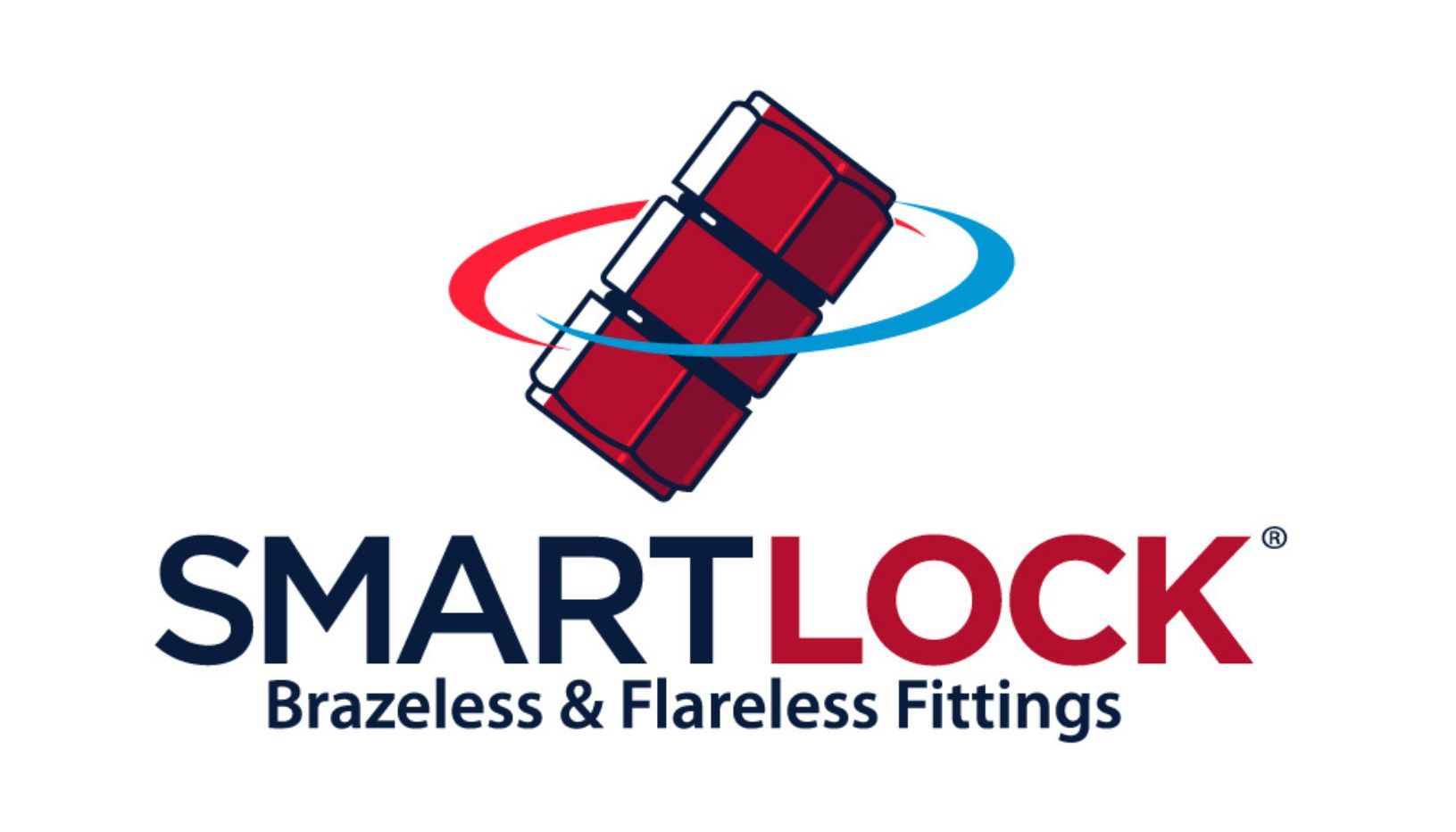Comparison: Metal-to-Metal Seal vs. O-Ring Seal
Metal Seal vs O-ring: Which is the Better Option?
Discover Which Product Will Best Suit Your Needs
When it comes to choosing the right sealing product for your industrial applications, there are two primary options available - O-rings and metal seals. While both provide a high level of sealing performance, there are notable differences between the two products. When deciding between the two, let The Global SmartLock Group, Inc. help you make an informed decision about what product best suits your requirements.

What Are Metal Seals?
Metal seals are metallic rings made from high-performance materials that are designed to provide a reliable seal within a wide range of industrial applications. These seals are typically used in high-pressure, high-temperature, and corrosive environments where other sealing products tend to fail. Metal seals are designed with high surface pressure areas that create a tight seal to prevent media leakage.
Benefits of Metal Seals
The benefits of using metal seals include:
Excellent temperature and pressure resistance
Suitable for harsh and corrosive environments
Customizable to meet specific application requirements
Increased durability and longevity

Applications of Metal Seals
Metal seals are commonly used within the aerospace, automotive, gas, and oil industries. These industries demand high-performance sealing products that can withstand extreme environmental conditions, making metal seals the ideal choice for applications such as:
Turbine engines
Heat exchangers
Petrochemical manufacturing equipment
Welding equipment
Aerospace engines

What Are O-Rings?
O-rings are ring-shaped, elastomeric sealing products that are used to prevent media leakage within a wide range of applications. These seals are used where pressure and sealing differ considerably. They're available in a range of materials, sizes, and dimensions, which makes them a versatile choice for various industrial applications. O-rings create a tight seal by compressing and filling gaps between mating surfaces to prevent media leakage.
Benefits of O-Rings
The benefits of using O-rings include:
Cost-effective and widely available
Simple and easy to install
Versatile and can be used in a range of applications
Flexibility to accommodate misalignment

Applications of O-Rings
O-rings are commonly used within the food and beverage, automotive, and construction industries. These industries require reliable and economical sealing products, making O-rings an ideal choice for applications such as:
Hydraulics
Pneumatics
Industrial valves
Plumbing fixtures
Water treatment
Metal Seals vs. O-Rings
While both products are suitable for industrial sealing applications, there are notable differences in their properties and performance. Metal seals offer excellent durability, longevity, and resistance to harsh environments, whereas O-rings are cost-effective, versatile, and easy to install. One of the significant gaps between them is the pressure resistance, where metal seals tend to work best in high-pressure applications as compared to o-rings.
The right sealing product depends on the application and its individual requirements. To determine whether a metal seal or O-ring is the better choice for your needs, consider factors such as temperature range, pressure requirements, and the application environment.
Why Trust The Global SmartLock Group, Inc.
Selecting the right sealing product can make a significant impact on the performance and safety of industrial applications. When it comes to choosing the right sealing product for your applications, you have two primary options to consider: metal seals and O-rings. Metal seals and O-rings have their own advantages and disadvantages, and choosing the right product depends on the specific requirements of your application. By considering factors such as temperature range and pressure requirements, you can select the right sealing product for your needs. Make sure to get in touch with The Global SmartLock Group sealing experts for help and advice when making your choice.
